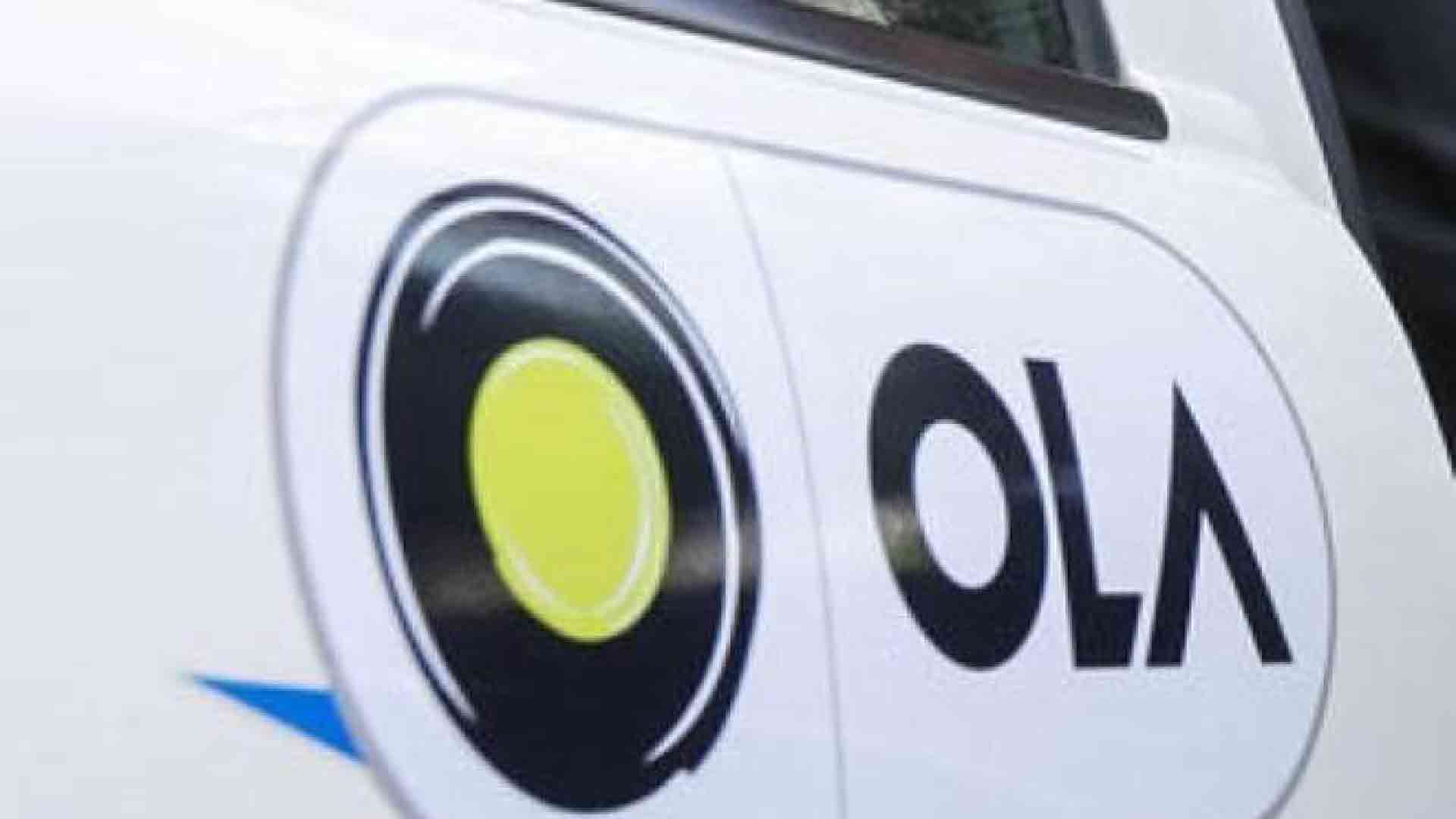The Chandrayaan 2 moon mission that gathered reverence across
the country unlike before with thousands of people gathering to witness the
second moon mission at Sriharikota was all
set to lay down its shadow on the surface of the moon at 1:55 am on Saturday.
However, while the mission garnered attention nationwide last night, the lander
Vikram lost contact with the space centre just 2.1 km before the touchdown on the lunar surface.
This mission was on the brink of success while everybody
crossed their fingers waiting eagerly to witness the smooth landing of Chandrayaan
2 on the lunar surface. ISRO came very close but needs a tad bit to cover more
ground to pitch in further goals.
Lift-off
budget
The Chandrayaan 2 gauged up from its launch pad at Andhra
Pradesh’s Sriharikota on July 23 onboard the heavy-lift rocket GSLV Mark 3.
GSLV Mark 3 is ISRO’s largest and most powerful rocket 44 m long and as tall as
a 15 storey building.
It has been noted that
the mission was aborted 56 minutes before lift-off having a narrow one minute window for the space scientists attempting to launch the moon mission for the
second time.
However, ISRO’s budget is less than 1/20th of
USA’s NASA which makes this a successful take for the 1000 crore moon mission
costing even less than a single Hollywood movie’s budget.
Vikram
lander to land as reported
The country looked forward to creating history by becoming the first nation to reach close to the south pole of the moon while the moon lander
Vikram that separated from the orbit of the ship after performing two
manoeuvres had prepared itself for the landing of its altitude in between 1:30
to 2:30 am on Saturday.
Pragyan to
roll out
Post landing, the rover of the mothership- Pragyan was
supposed to roll out between 5:30 to 6:30 am which is housed inside the Vikram
lander as per Space Research Organisation (ISRO). This rover, Pragyan had been
set to carry out the function of research including thorough mapping of the
moon’s resources, searching for the presence of water and capturing
high-resolution images.
About Vikram Lander
The remarkable landing of the Vikram lander was to be carried
out by eight onboard pieces of equipment that would be in coordination with each other.
This lander is named ‘Vikram’ after the father of Indian Space Research
Programme Dr Vikram A Sarabhai and it was scheduled to land in a high plain
between 2 craters at the latitude of 70 degrees of the south pole.
This lander also carries 3 payloads to conduct surface and
subsurface experiments. ISRO explained that this machine is fitted with 3
cameras namely Lander Position Camera (LPDC), Lander Horizontal Velocity Camera
(LHVC) and Lander Hazardous Detection and Avoidance Camera (LHDAC) carrying out specific respective functions to ensure
a smooth landing on the lunar surface.
PM Modi watched the landing live with children
After the Chandrayaan 2 successfully covered the distance of
about 3.844 lakh km between Earth and moon, the lander had been set up to land
on the lunar surface of the moon. Prime Minister Narendra Modi watched the live
telecast of the soft-landing of Vikram lander with children from the space
agency’s control room at ISRO Telemetry, Tracking and Command Network (ISTRAC)
near Peenya.
Although Vikram lander lapsed 2.1 km from the lunar surface
breaking its seamless connection with the ground station, nevertheless
Chandrayaan 2 orbiter will keep India’s head up high. Not only PM Narendra
Modi, but the whole country watched the landing with bated breath which turned to a sense of
distress for the people who watched the live telecast of ISRO losing
connection.
ISRO chief K Sivan:-
ISRO chief K Sivan stated that the mission did fine till 2.1
km above the surface of the moon before Vikram could land while at first glance
it seems that the mission has failed that is far from the truth.
PM Narendra Modi’s support
While the audience and ISRO’s scientists charged emotionally, PM
Narendra Modi gave out his affectionate hand to them vowing that there would be
new dawn and a brighter tomorrow. He also recalled the encyclopaedia of ISRO’s
success and said that the space agency’s goals wouldn’t be deterred by
momentary obstacles. He also consoled the scientists and delivered a message of
optimism, solidarity and hope asking them to ‘be courageous’ and never lose
hope. He also congratulated them for serving the country and humanity.





















.jpg)










